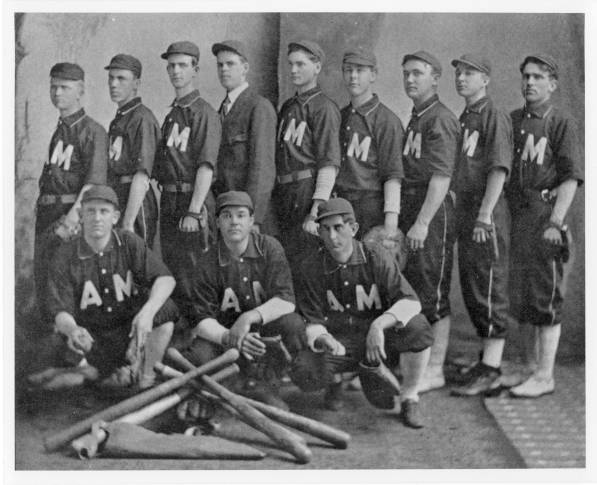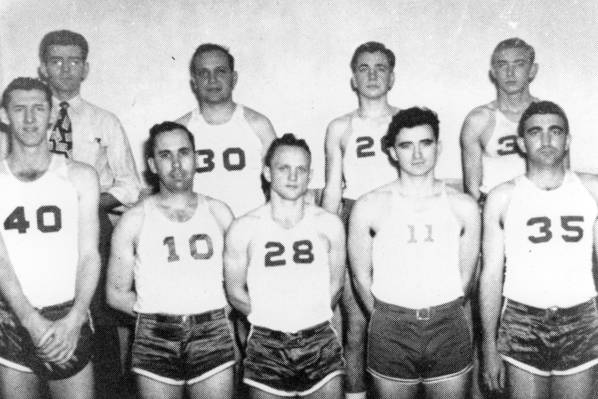Social occasions provided a bit of relief in the life of a medical student. Along with academic instruction, school spirit was all part of the student life experience. Group activities like dances and picnics were organized in light of the demanding curriculum.

Faculty members began to pay attention to the social needs of its students when they realized activities meant content students which in turn sustained enrollment in the early years of the department. With this in mind, the Medical Department organized a chapter of the Chi Zeta Chi medical fraternity in 1906. And so began the steady rise of group clubs, sports, and even secret organizations – like the “Doodler’s Club” which embraced the entire student body and held the entertainment of freshmen. Faculty encouraged students to organize and participate in football, baseball, and lawn tennis teams. Of all the sports, the Medical Department’s football team gained the most notoriety when they defeated the College of Physicians and Surgeons team in “the medical school championship of the state” in 1909.

Medical professionalism was an important topic and many student organizations were formed to promote this very topic. In 1914, the Bentley-Dibrell Medical Society was formed and enhanced by a second medical fraternity, Phi Chi. Later on, in 1951, students formed a chapter and became charter members of the Student American Medical Association (SAMA) to encourage professionalism. With the cooperation of interested faculty and housestaff of the hospital, SAMA established free clinics for the poor communities in Little Rock. The following year, a third clinic opened. Students saw themselves as public servants as well as private practitioners. This humanitarian notion gave way to an abundance of volunteer organizations for medical students. The University of Arkansas Medical Dames was a group of faculty and student wives who carried out volunteer work at a local hospital.
Dean Roberts established new awards for scholastic achievement and organized a chapter of Alpha Omega Honor Medical Society based on scholarship. This enthusiasm for academic excellence was furthered when a Reserve Officer Training Corps unit was organized on campus in 1947. Students enrolled in this program attended weekly lectures and upon graduation, were offered a commission in the Medical Reserve Corps. Also in this era, a Glee Club began under the direction of the Anatomy Department and a competitive basketball team that was headed by Anderson Nettleship, head of the Department of Pathology.
Medical fraternities became less influential in the 1960s and were entirely inactive for periods of time. Social life also took place off-campus as students frequented – and often in their white coats – the beloved Peck’s bar from the 1950s to the mid-1980s. Located just across the street from campus, many students referred to it as their “second home,” where they enjoyed burgers, beer, shuffleboard and camaraderie.



